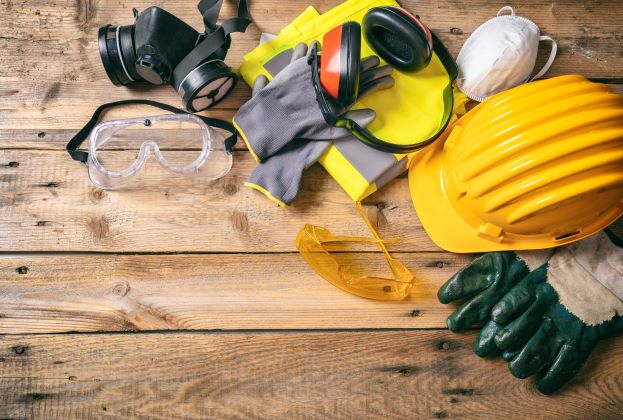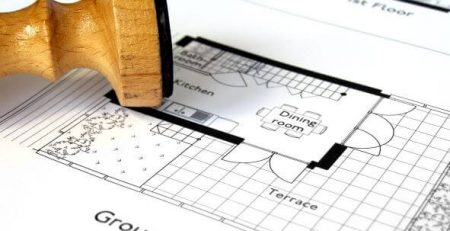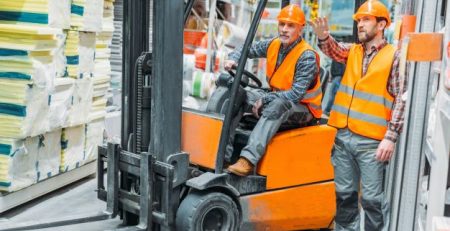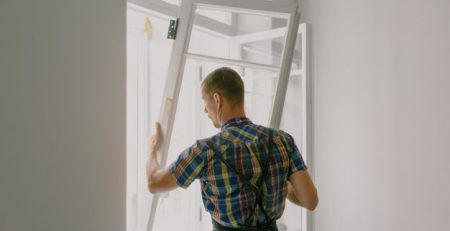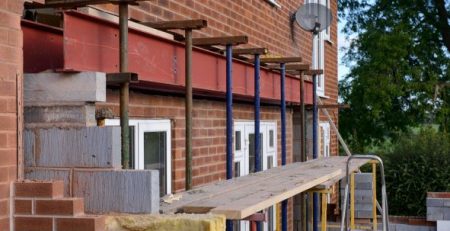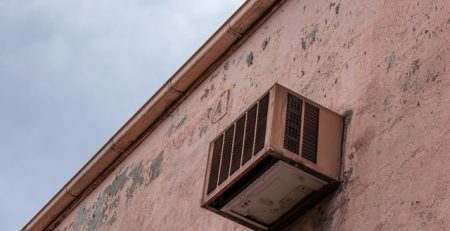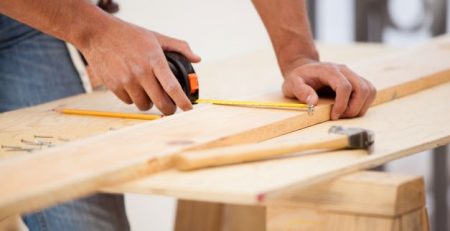The Importance of Workwear in Construction
Employers are responsible for their staff; they have a duty of care, and implementing the correct health and safety practices are a large part of it. Health and safety legislature and regulations cover a multitude of different aspects in the workplace, especially within the construction industry. While there are many different facets to employee safety, one of the ways to ensure this is to make that employees are wearing the correct protective clothing and accessories.
But the question remains, why is workwear in construction so important? Read on to find out.
The Mental Well-Being of the Workers
Whilst the worker’s physical health is obviously deeply important, so is their mental health. And so, when employees feel that their health and safety is a priority for managers, they are often more comfortable. This then has a knock-on effect, and often productivity levels rise too; the results speak for themselves. In addition, providing the workers with high-quality gear and equipment gives them a greater level of comfort.
This is especially important for workers in the construction industry as a lot of the work takes place outside. This often exposes staff to a wide range of weather conditions making protective clothing all the more important in keeping them warm and dry. This again simply results in them doing a better job than they would without protection from the elements.
The Physical Well-Being of Workers
There are many different hazards that workers commonly face whilst working on building sites that could cause them harm, injuries or – worst case scenario – death. Common risks include loss of limbs, sight, hearing, and respiratory conditions. Incorrect or inappropriate workwear can exacerbate these risks, which is why it is so important to provide staff with the correct gear. For example, loose-fitting clothing can get caught in machinery. When it comes to choosing the right workwear for staff, it will depend on a number of different factors, including common weather conditions, the work being carried out and the likely risks.
Think about what the staff needs. For example, do they need to carry a lot of tools or equipment? In which case you may wish to provide work trousers with a lot of pockets. Snickers Direct is an online retailer with a huge range of protective clothing and accessories to suit plenty of different trades within the construction industry. Consider starting there when looking for protective equipment for the workers. Simply because the risks and hazards can vary between and within industries, employers should first carry out a thorough risk assessment before the purchase of any workwear.
The Risk Assessment
Once the importance of protective workwear is apparent, you should begin your risk assessment to ensure that you are providing your workers with the correct gear. A risk assessment helps to keep employees happy and safe. However, for those that have never carried out a risk assessment before, it can be a little daunting, but there are a few things to keep in mind.
Firstly, specificity. It is the most important aspect of any risk assessment. Employees can only be kept safe when all the risks are known, documented, and addressed. Therefore, any employer worth their salt should know exactly what all the risks are on site. This then begins to paint the picture of what equipment is needed.
Employers should also remember that their team is made up of individuals with their own unique health needs. When joining the team, each worker should always be asked to disclose any conditions that could be impacted by working in that environment. They should also be encouraged to update managers if there are any changes to their health that would impact their work or that their work would impact. In some cases, workwear needs will vary between employees – some may require more protection, or some may need things that cater more to their comfort than others.
What is currently in place? More established construction businesses will likely already have their own safety measures and protective workwear regulations or preferences. And so, in carrying out a new risk assessment, a company should assess what they have in place and whether or not it is working. It may be that it is working well, and only a few additions are needed.
Lastly, it is important to remember that most industries are evolving, and change is to be expected. Therefore, updates will need to be made regularly. These changes could be related to a specific worker’s health, or they could be about materials used and even working practices. It is important to stay abreast of these changes and amend protocols accordingly.
In Conclusion
Protective workwear keeps employees safe and happy. That being said, the benefits are not limited to the staff. Employers benefit from their implementation too. For example, suppose a worker was injured due to insufficient care being taken on the employer’s part. In that case, the company could face serious repercussions, mainly in compensation and fines, which could hamper the company’s very future, which is why protective wear is so important.

